If you’re a professional trucker, an Electronic Logging Device (ELD) isn’t an option — it’s a mandatory piece of equipment that keeps you compliant and on the road. The Federal Motor Carrier Safety Administration (FMCSA) ELD mandate is non-negotiable, but what is negotiable is how much you pay for your device and service. The market is flooded with options, and prices can be wildly inconsistent, making it tough to know if you’re getting a fair deal.
You’ll see monthly service fees advertised for as low as $15, while other providers charge upwards of $50 per truck. What’s the difference? More importantly, what are you actually getting for your money? Many truckers, both owner-operators and fleet managers, get locked into deals that look great on the surface, only to be hit with a barrage of hidden fees that can easily double their monthly costs. Activation charges, installation fees, and steep early termination penalties are often buried in the fine print.
How much do electronic logs cost? This guide cuts through the noise. We’ll break down the hardware and software fees, expose the most common hidden costs that blindside truckers, and give you the tools to find the elog prices.
Do you have any questions? Talk to ELD Advisor: 650-405-3372 or Request Callback
Decoding Elog Prices: What You Should Really Expect to Pay
When you start shopping for an ELD, you’ll quickly notice that pricing is broken into two main categories: the upfront cost for the hardware and the recurring monthly fee for the software and data service. Understanding how providers structure these costs is the first step to finding a transparent deal.
Hardware Costs: The First Hurdle
Before you can start logging hours, you need the physical hardware that connects your truck’s Engine Control Module (ECM) to the ELD software. The pricing for this mandatory device generally falls into two models in the US market: paying for it upfront or getting it included with a contract.
- Upfront purchase. With this model, you buy the hardware and own it outright. Prices for a basic plug-in unit typically start around $79, while more complex or hardwired units can exceed $500. The benefit of this one-time expense is that owning the hardware gives you more freedom to switch service providers down the line.
- No upfront cost. In this model, the ELD device is provided as part of the service subscription, eliminating the initial purchase expense. This approach is almost always tied to a long-term service contract (typically 1-3 years), which can reduce your flexibility if you want to switch providers before the contract ends.
You also need to consider the display unit used to manage your logs. Most systems are Bring Your Own Device (BYOD) compatible, meaning the hardware works with an app on your existing smartphone or tablet. This setup avoids the cost of purchasing a dedicated screen. Some providers may offer all-in-one solutions that include a rugged tablet, which is typically factored into the hardware cost or the monthly fee.
Monthly Service Fees: The Ongoing Investment
The monthly fee covers the software, data transmission, customer support, and compliance updates. This is where pricing varies the most, so it’s critical to compare what features are included in each of these common tiers:
- Budget Tier: $15 – $20 per month. This is your basic, no-frills compliance package. It will cover Hours of Service (HOS) logging and meet all FMCSA requirements, making it a solid choice for those who just need to stay legal.
- Standard Tier: $20 – $30 per month. This is the most common price range and usually includes everything in the budget tier plus valuable extras like real-time GPS tracking, IFTA mileage reporting, and basic fleet management tools.
- Premium Tier: $30 – $50+ per month. Aimed at larger fleets, these plans offer a full suite of fleet management solutions, including two-way messaging, idle time reporting, and driver scorecards.
To give you a better idea of how these tiers play out in practice, HOS247 offers a $19/month plan with a free device on an annual contract, placing it in the budget/standard range. Verizon Connect runs $25–$45/month but usually locks fleets into a three-year contract. Motive generally starts at $25/month with hardware priced around $150, landing in the lower-mid tier, and JJ Keller’s E-Logs range between $25 and $50/month with about $199 for hardware.
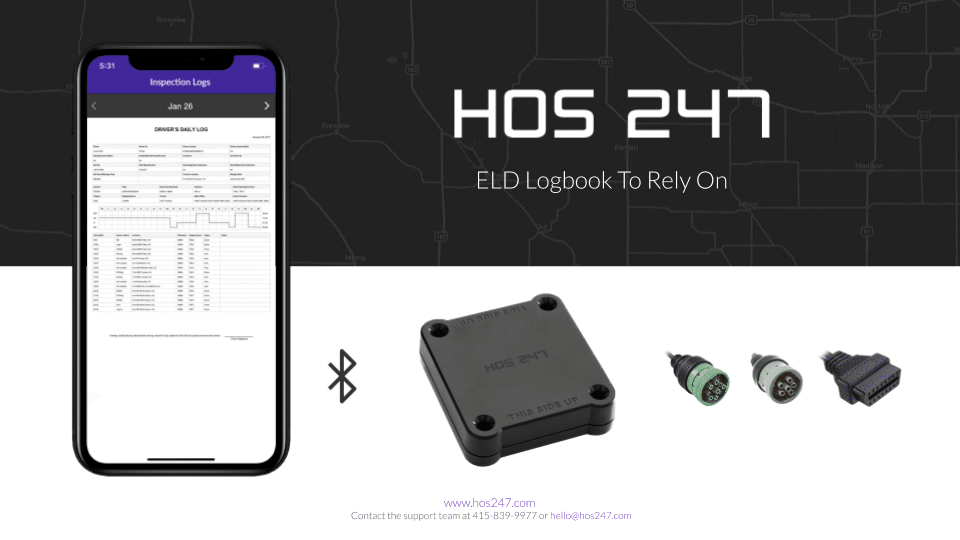
The Hidden Costs That Can Double Your ELD Bill
The advertised monthly price is often just the tip of the iceberg. Many ELD providers lure you in with a low number, knowing they can make up the difference with fees and charges that you don’t discover until you get the first bill. For an owner-operator or a small fleet, these unexpected costs can wreck a budget. Here’s what you need to watch out for.
Activation and Setup Fees
Getting started shouldn’t cost a fortune, but some providers charge for every step of the process. Be sure to ask about these potential upfront charges:
- Installation charges. While most ELDs are simple plug-and-play devices, some hardwired systems require professional installation. This can cost anywhere from $50 to $200 per truck. Always ask if the device is self-install or if a professional is required.
- Activation fees. This is a common “gotcha.” After you agree to a plan, some companies will tack on a one-time activation or account setup fee of $25 to $100. This is often not disclosed during the sales pitch, so ask about it directly.
- Training costs. Believe it or not, some providers charge you to learn how to use their product. These fees can range from $50 to $150 for a single training session. A reputable provider should offer free training resources, videos, and support.
These initial charges can add a significant, unexpected cost before you’ve even logged your first mile.
Ongoing Hidden Charges
Even after you’re up and running, the financial surprises may not be over. You need to read the fine print for ongoing charges that can inflate your monthly bill:
- Data overage fees. If your ELD plan comes with a cellular data limit, exceeding it can lead to expensive overage charges.
- Support call charges. Some companies offer a limited number of “free” support calls and then start charging per-incident fees if you need more help.
- Software update fees. Some providers try to pass the cost of mandatory compliance updates on to you with annual fees.
- Early termination penalties. This is the most dangerous hidden cost. If you want to leave a multi-year contract, you could be on the hook for a penalty ranging from $200 to $500, or even the full remaining value of the contract.
Red Flags to Watch For During the Sales Process
To protect yourself, keep an eye out for these common red flags during your conversations with sales teams:
- Elog prices that seem “too good to be true. An ELD advertised for under $15 a month is often a bait-and-switch. The provider will likely make up for it with high hidden fees or extremely poor service.
- High-pressure sales tactics. If a salesperson is pressuring you to sign a contract immediately without giving you time to read the terms, walk away.
- Vague pricing. If a provider is unwilling to give you a clear, written quote detailing every single potential fee, they are likely hiding something.
- Poor customer service. Your experience during the sales process is a preview of the support you’ll receive later. If they are unresponsive or unhelpful now, it will only get worse.
Ultimately, you should trust your gut during the sales process. A reputable company will be transparent and patient, ensuring you have all the information you need to make a confident decision.
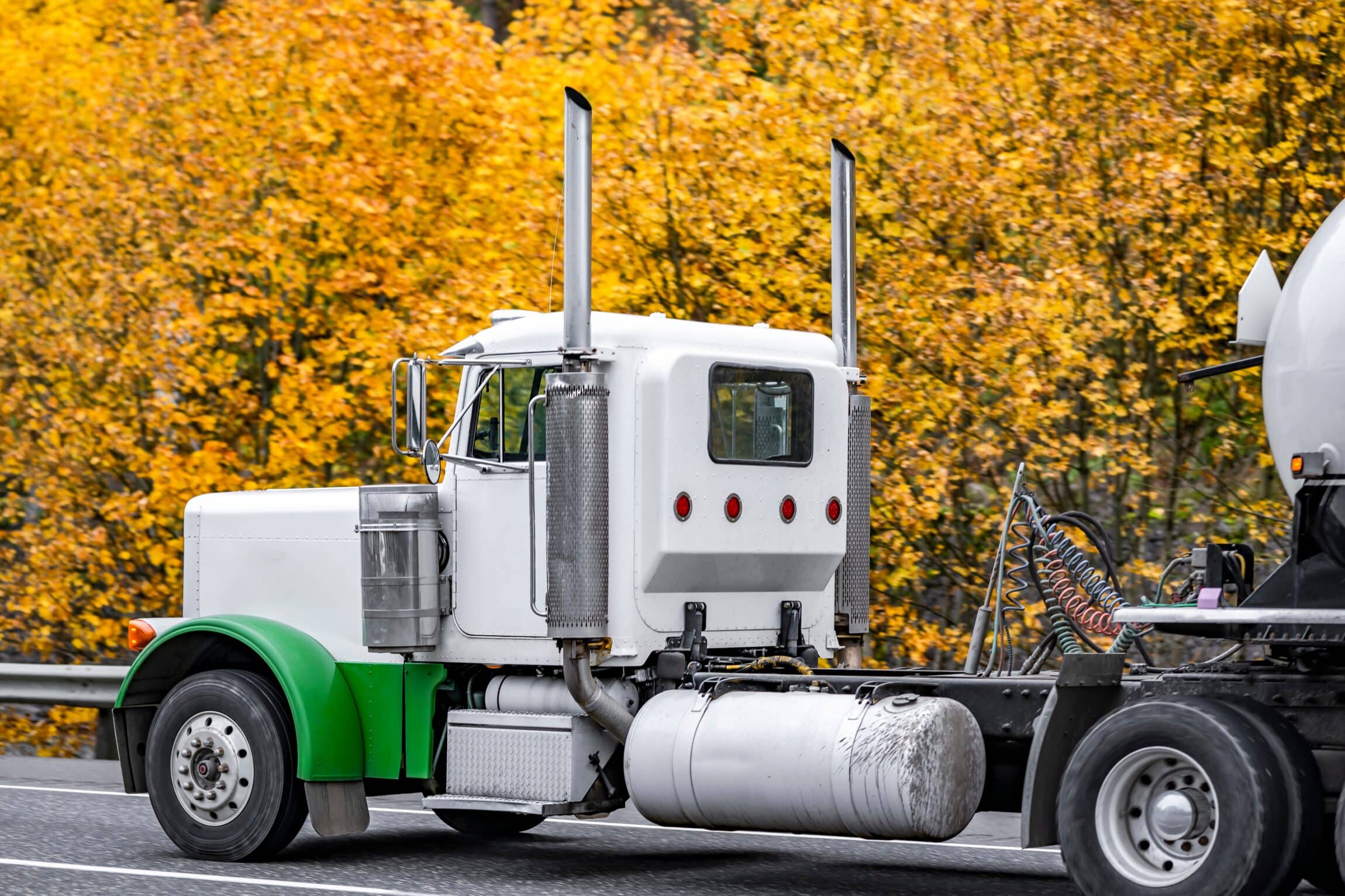
Contract Terms That Can Cost You a Fortune
Beyond the sticker price and hidden fees, the contract itself is where many ELD providers lock you into costly and inflexible arrangements. A cheap monthly rate can quickly become a financial trap if you’re stuck in a bad agreement. Before you sign anything, you must scrutinize the terms of service, paying close attention to three key areas: commitment length, cancellation policies, and renewal clauses. Understanding these details is just as important as knowing the monthly fee.
Length of Commitment
The length of your contract directly impacts both your monthly cost and your business’s flexibility.
- Month-to-month. This option offers the most freedom. You can switch providers at any time without penalty, making it ideal for new owner-operators or those testing a new service. The trade-off is usually a slightly higher monthly fee.
- 12-month contracts. A one-year commitment is a common middle ground. Providers often reward this with a lower monthly rate or free hardware. It’s a reasonable commitment if you’re confident in the service after a trial period.
- Multi-year contracts (2-5 years). These contracts boast the lowest monthly payments, which can be tempting. However, they are risky. Your business needs can change, and new technology might emerge. Being locked in for 3-5 years can prevent you from upgrading and may leave you stuck with a provider whose service quality declines.
Cancellation Policies
What happens if the service is unreliable or you need to downsize your fleet? The answer lies in the cancellation policy, and some are designed to be punitive.
- No-penalty cancellation. This is the gold standard for truckers, but it’s rare. It allows you to leave at any time without a fee, often found with month-to-month plans.
- 30-day notice. This is a fair and standard industry practice. It requires you to inform the provider 30 days before you intend to cancel your service.
- Liquidated damages. This is a major red flag. This clause stipulates that if you cancel early, you owe the provider the full remaining value of the contract. This means if you cancel a $30/month plan with two years left, you could be hit with a bill for $720 ($30 x 24 months). Avoid providers with these terms.
Auto-Renewal Traps
Many contracts are designed to automatically renew without your explicit consent, which can lock you into another long-term commitment unexpectedly.
- Automatic renewals. Most contracts will automatically renew for another full term (e.g., another 3 years) if you don’t cancel in writing within a specific window (often 30-60 days before expiration).
- Rate increase clauses. Look for language in the fine print that allows the provider to increase your monthly rate during the contract term or upon renewal.
- Feature removal. Some deceptive contracts even include clauses that permit the provider to reduce services or features without lowering your price.
Carefully reading your contract is the best defense against these costly traps. A transparent provider will have clear, fair terms and won’t rely on confusing legal language to take advantage of their customers.
HOS247: Transparent Elog Prices for Smart Truckers
In a market crowded with confusing contracts and hidden fees, HOS247 stands out by prioritizing what truckers value most: transparency, flexibility, and reliability. Instead of playing games with pricing, HOS247 offers a straightforward, easy-to-understand model that puts you in control of your expenses. This trucker-first approach is why so many owner-operators and fleet managers are making the switch.
Transparent Pricing Structure
Unlike competitors who hide fees in the fine print, HOS247 offers clear ELD pricing tiers so you only pay for what you need. There are no surprises.
- ELD Compliance. $19/month per vehicle. This plan covers all your FMCSA compliance needs and electronic DVIRs.
- ELD Track. $22/month per vehicle. Includes compliance plus real-time GPS tracking and fleet management tools.
- ELD Plus. $25/month per vehicle. The all-in-one solution adds IFTA calculations for easier tax reporting.
- Hardware. The ELD hardware is free with any annual plan. If you prefer a monthly plan, the device is a one-time purchase of $79.
No Hidden Fees, Guaranteed
HOS247 directly addresses the hidden costs that frustrate truckers by eliminating them completely. With HOS247, you can be confident that the price you see is the price you pay.
- No activation or setup fees.
- No installation charges (it’s an easy self-install).
- No fees for driver training.
- No early termination penalties.
- No separate charges for software updates.
Value-Added Features Included
Many providers charge extra for essential features, but HOS247 includes them as standard. Every plan comes with powerful tools to make your job easier and more profitable. These include real-time GPS tracking, electronic DVIR capabilities, automated IFTA mileage calculations, and multilingual (English, Spanish, Polish, Russian) support available seven days a week with a callback guarantee. You get more value without paying for a premium-tier plan.
This commitment to fair pricing and robust features provides a clear cost advantage. Over a 12-month period, the total cost of ownership with HOS247 is typically between $228 and $468 per truck. Compared to the industry average of $300 to $600+, that’s an annual savings of $72 to $132 per truck, all while getting top-rated service and support.
Major ELD Providers and Their App Ratings
Choosing an ELD provider requires a clear, side-by-side comparison of not just elogs price, but also user satisfaction and contract terms. A low price can be deceiving if the app is constantly crashing or if you’re locked into a long-term contract with poor service. To help you see the bigger picture, we’ve compiled a chart comparing some of the top ELD providers on the market. This table considers their starting monthly price, typical contract length, and their user rating on the Google Play Store, which often reflects real-world driver satisfaction.
| RANK | ELD PROVIDER | iOS APPSTORE | ANDROID PLAYSTORE |
|---|---|---|---|
| 1 | |||
| 2 | Motive | ||
| 3 | JJ Keller | ||
| 4 | Garmin | ||
| 5 | Rand McNally | ||
| 6 | |||
| 7 | Transflo | ||
| 8 | PeopleNet |
Providers like HOS247 offer a highly-rated user experience and flexible contract terms, which are critical factors for long-term satisfaction and cost control. Use this chart as a starting point for your research to find the solution that best fits your operational needs and your budget.

How to Calculate the ROI on Your ELD Investment
A quality ELD is more than just a compliance requirement; it’s a business tool that can deliver a significant return on investment (ROI). While it’s easy to focus on the monthly expense, smart truckers and fleet managers look at the bigger picture: how the device saves money and improves efficiency. By moving beyond the initial cost, you can see how the right ELD doesn’t just cost you money — it makes you money.
Compliance Cost Savings
The most direct ROI comes from avoiding costly violations and downtime. The financial penalties for non-compliance are severe and can cripple a small operation.
- Violation avoidance. A single HOS violation can result in fines averaging over $3,000. A reliable ELD virtually eliminates the risk of these simple but expensive mistakes.
- Out-of-service prevention. Being placed out-of-service for an HOS issue can cost between $500 and $1,500 per day in lost revenue, not including the cost of the fine itself.
- Audit preparedness. An organized, compliant ELD system drastically reduces the time and legal costs associated with a DOT audit.
Operational Efficiency Gains
Beyond compliance, a feature-rich ELD provides data that helps you run a leaner, more profitable business.
- Fuel savings. Features like route optimization and idle time monitoring can improve fuel efficiency by 5-8%, saving thousands of dollars per truck annually.
- Maintenance cost reduction. ELDs that monitor engine fault codes can provide predictive alerts, allowing you to schedule maintenance before a minor issue leads to a catastrophic and costly breakdown on the road.
- Administrative time savings. Automated logging saves drivers an average of 30 minutes per day compared to paper logs. That’s time that can be spent driving and earning.
A Simple ROI Formula for Truckers
To calculate your potential ROI, you can use a simple formula. Estimate your annual savings from the points above and compare it to the annual cost of the ELD service.
ROI(%) = Annual ELD Cost (Annual Savings−Annual ELD Cost) × 100
When you run the numbers, you’ll often find that the savings from avoiding just one major fine can pay for the ELD service for several years, making it one of the smartest investments for your trucking business.
Money-Saving Tips for ELD Shopping
Armed with an understanding of costs, contracts, and ROI, you’re ready to find the best deal. Shopping for an ELD is like buying any other critical piece of equipment: a little preparation and smart negotiation can lead to significant savings. Use this checklist to guide your purchasing process and ensure you get the best possible value.
Before You Buy
Doing your homework is the most important step. Rushing into a decision is the quickest way to overpay or get stuck with a poor-quality provider.
- Get written quotes from at least 3-5 providers to get an accurate sense of the market.
- Ask the sales representative to list every potential fee upfront, including activation, installation, and termination charges.
- Always take advantage of free trial periods to test the device and app on the road.
- Read actual user reviews on app stores and third-party sites, not just the curated testimonials on the provider’s website.
Negotiation Strategies
Don’t be afraid to ask for a better deal. Many prices are flexible, especially if you know what to ask for.
- Ask for a bundle or fleet discount, even if you only have two or three trucks.
- Inquire about discounts for paying for a full year upfront instead of monthly.
- If you have a lower quote from a competitor, ask if they are willing to match the price.
- Shop near the end of a quarter (March, June, September, December), as sales teams are often more willing to offer deals to meet their targets.
Long-Term Cost Management
Your opportunity to save doesn’t end after the sale. Stay proactive to keep your costs low over the long term.
- If you sign a contract, set a calendar reminder 60 days before it expires to avoid being trapped by an auto-renewal clause.
- Periodically review your usage and features to ensure you’re not paying for premium services you don’t need.
- Once a year, quickly review the market to see if there are better deals available from other providers.
By following these tips, you can confidently navigate the market and secure a reliable ELD solution that fits your budget perfectly.
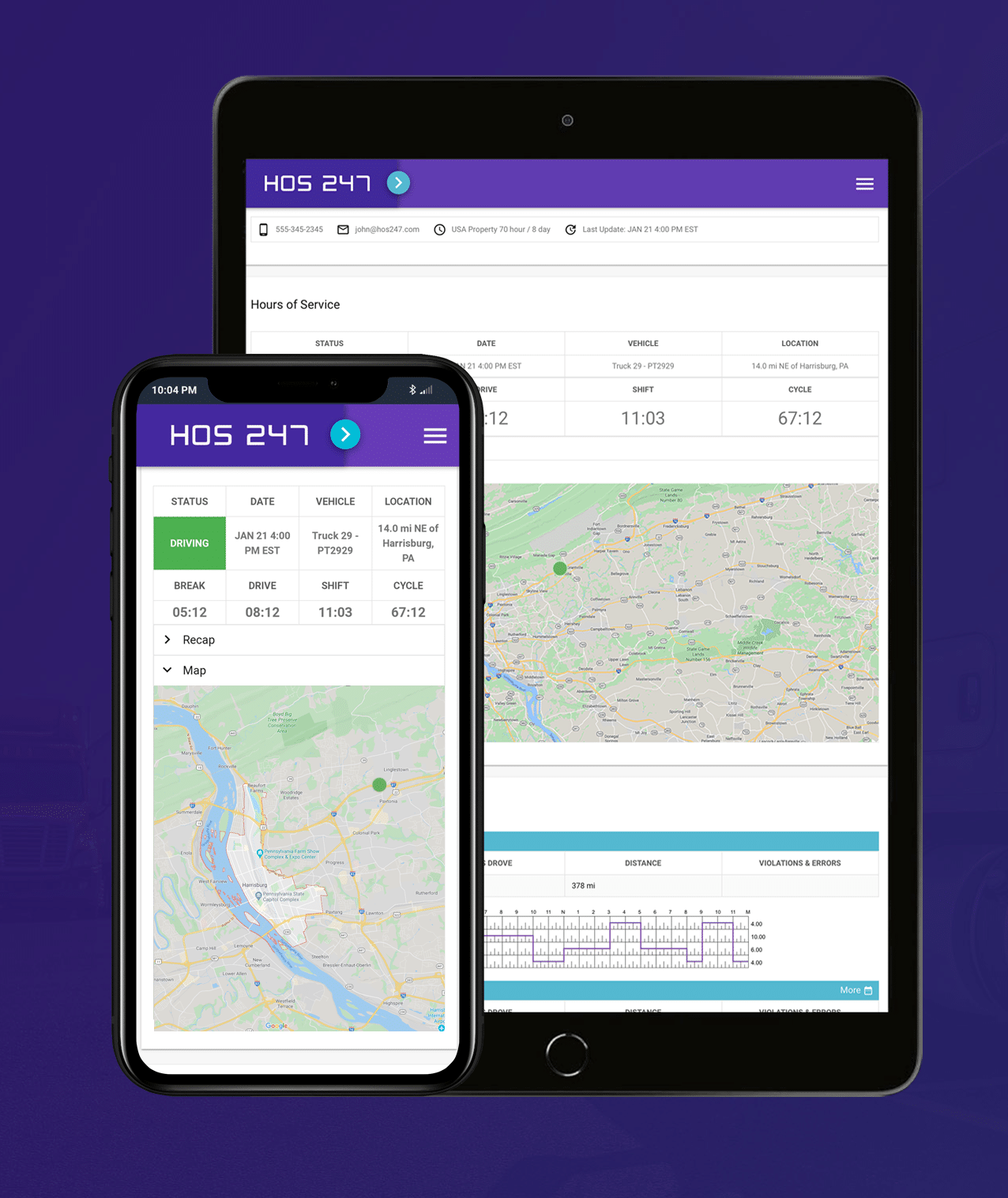
Conclusion: Driving Your Business Forward with the Right Choice
Choosing an ELD is a major decision for any trucking business. As we’ve seen, the path is filled with confusing elog prices, hidden fees, and restrictive contracts. The key takeaway is that the lowest advertised price is rarely the best value. True value is found in the balance of fair, transparent pricing, reliable technology, responsive customer support, and features that actively contribute to your bottom line. An ELD that constantly crashes or comes with surprise fees is a liability, not an asset.
When you invest in a solution that prevents costly violations, improves fuel efficiency, and saves administrative time, the device pays for itself many times over. The goal is to find a partner, not just a provider — a company that understands the challenges of the road and offers flexible, powerful tools to meet them.
Whether you’re an owner-operator watching every dollar or a fleet manager optimizing hundreds of trucks, the power is in your hands. Use this guide to ask the tough questions, demand transparency, and choose an ELD that doesn’t just keep you compliant, but helps drive your business forward with confidence and profitability.
Disclaimer: The information, prices, and provider details presented in this article are for general informational purposes only. The ELD market is subject to rapid change, and all prices, plans, and terms are subject to change without notice. This content does not constitute legal or financial advice.

I’ve co-founded, built and managed several transportation-related businesses. Now, I’m a founder and CEO of HOS247 – an AI Transportation Platform for trucking companies, freight brokers and other logistics operations. We are transitioning old-style operations to technology-advanced logistics entities and help them to grow their businesses. ELDs (electronic logging devices), fleet tracking and management 2.0 combined with AI-powered dispatch tools.











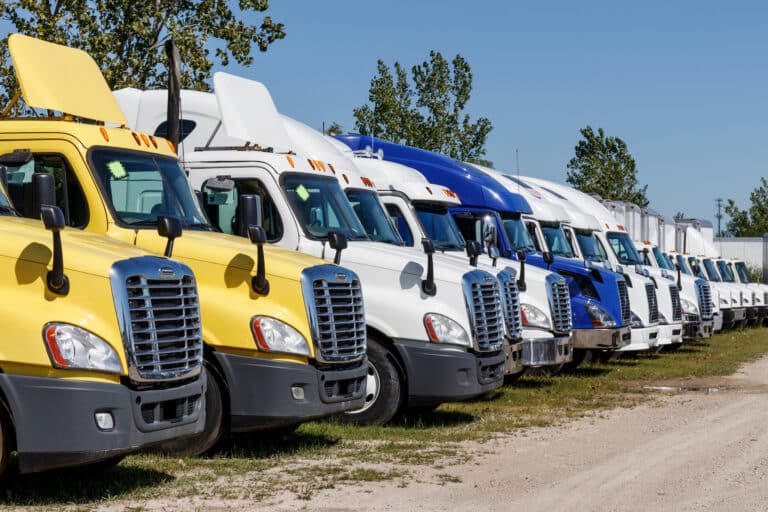
A GPS tracker for trucks is an essential tool to optimize fleet management and enhance safety conditions. With a growing demand for these devices in the industry, the market offers various options. Hardware, installation process, and efficient support are just
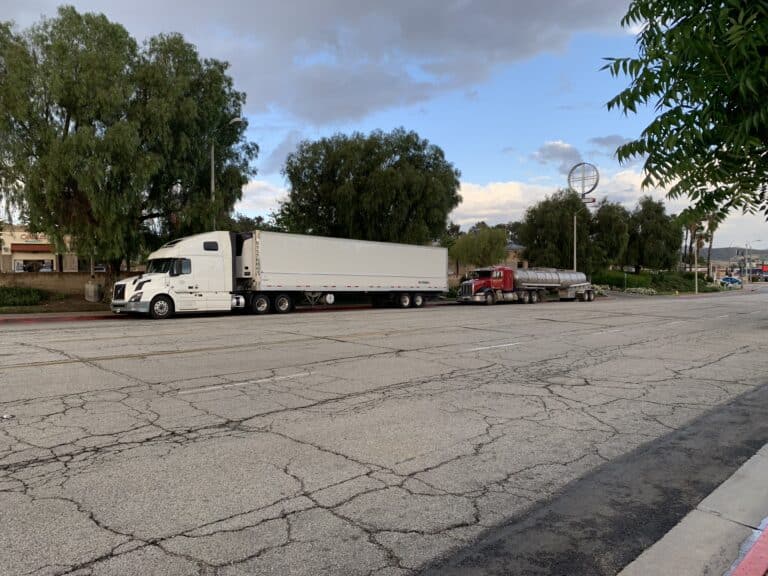
It’s a scenario every trucker dreads: you’re pulled in for a roadside inspection, the officer asks to see your logs, and your ELD won’t connect. You’re staring at a spinning wheel on your screen, trying to explain that your logs

In today’s highly competitive business environment, fleet managers face numerous challenges in ensuring the efficiency, profitability, and compliance of their operations. From managing driver hours and vehicle maintenance to optimizing routes and controlling fuel costs, the tasks associated with running